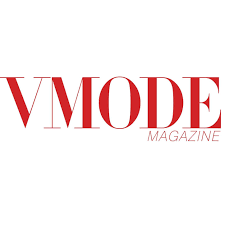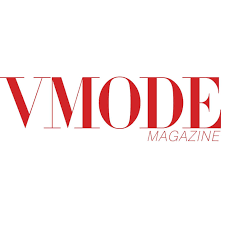A detailed analysis of the global logistic software market reveals a significant and ongoing trend towards Logistic Software Market Share Consolidation, with a continuous and active wave of merger and acquisition (M&A) activity that is fundamentally reshaping a historically fragmented industry. The Logistic Software Market size is projected to grow USD 22.3 Billion by 2032, exhibiting a CAGR of 8.00% during the forecast period 2024 - 2032. The logistics technology market has traditionally been composed of a vast number of small, specialized "point solution" vendors, each focused on a specific niche of the supply chain. This fragmentation has created a massive and ongoing opportunity for consolidation. The primary driver of this trend is the strategic desire of the larger platform vendors to create a more comprehensive, end-to-end, and fully integrated "supply chain execution" suite. The major players are now aggressively using M&A to acquire these best-of-breed point solutions and to stitch them together to create a single, unified platform that can manage the entire logistics lifecycle, from the warehouse to the final-mile delivery. This allows them to offer a more compelling, "one-stop-shop" solution to their customers and to capture a larger share of the overall supply chain technology budget.
The consolidation trend is being driven by a number of specific strategic goals. One of the most common drivers is the acquisition of new and critical technological capabilities, particularly in the areas of cloud, AI, and real-time visibility. A large, traditional, on-premise software vendor might acquire a smaller, cloud-native startup to accelerate its own transition to a SaaS model and to acquire modern, API-first technology and talent. Another major driver is the acquisition of specific functional capabilities to fill a gap in the product portfolio. For example, a vendor with a strong Warehouse Management System (WMS) might acquire a Transportation Management System (TMS) company to be able to offer a more complete logistics execution suite. The acquisition of specialized, industry-specific expertise is another key driver. A large, horizontal software vendor might acquire a smaller company that has a deep and defensible position in a high-growth vertical, such as e-commerce fulfillment or pharmaceutical logistics.
While the primary trend is one of the large, strategic players acquiring the smaller, innovative ones, the consolidation trend is also being heavily influenced by the significant and growing role of private equity (PE) firms in the market. The logistics technology market, with its high growth rates, its mission-critical nature, and its stable, recurring-revenue SaaS business model, is a very hot sector for PE investment. Private equity firms have been a major force behind the market's consolidation, both by providing the capital for the large strategic players to make their acquisitions, and by executing their own "platform" or "roll-up" strategies. In a roll-up, a PE firm will acquire a mid-sized logistics software company as a "platform" and will then use that platform to acquire a number of other, smaller, complementary vendors, combining them to create a new, larger, and more valuable entity. This PE-driven M&A activity is a major feature of the market, and it is significantly accelerating the pace of consolidation and is leading to the creation of a market with a smaller number of larger, more comprehensive, and well-capitalized platform providers.
Top Trending Reports -
Cyber Security Market Size, Trends | Industry Report - 2035
Event Management Software Market Size, Trends Analysis, 2035


